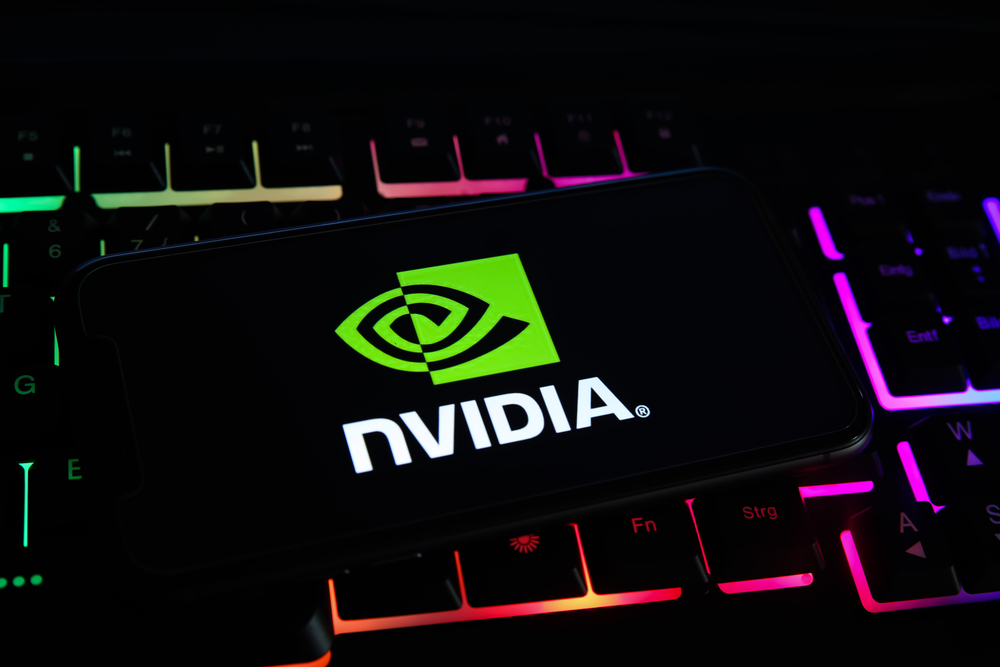
Harvard Lecture: Private vs Public Markets
Bilal Hafeez
I recently gave a Harvard lecture weighing up private and public markets. You can find the slides below!

Bilal Hafeez
I recently gave a Harvard lecture weighing up private and public markets. You can find the slides below!
Macro Hive
Summary A Republican sweep (red WH and Congress) could result in stagflation and force the Fed to hike. Meanwhile, a Democratic sweep (blue WH and Congress) would likely align with the Fed’s current projections. Market Implications A Trump victory would likely lead to bear steepening in the yield curve, and a stronger USD especially vs […]
John Tierney
Summary This earnings season is a lot about messaging. Meta Platforms (META), Alphabet (GOOG), and Microsoft (MSFT) all beat expectations and promised AI spending. However, META collapsed for saying it will be a while before realizing a return on its investment. There are signs industrial companies are finally running down inventories and will have to […]
John Tierney
Summary Last week’s selloff in the semiconductor sector most likely opens opportunities to establish positions in the AI hardware sector. Commodity chip producers will continue struggling. The Federal Reserve (Fed) may not be cutting rates for now – but we see zero likelihood it will raise rates. And if the economy slows, we expect rate […]

John Tierney
Summary Equities are heading into Q2 with a nice tailwind. The Federal Reserve (Fed) is inclined to cut rates, and the economy and labour market are on solid footing. Analysts project earnings gains of 8.2% for the S&P 500 (SPX) and 14.8% for the NASDAQ 100 (NDX). Still, there are reasons to expect the equity […]

John Tierney
Summary The good news is the Federal Reserve (Fed) has all but promised to deliver three rate cuts in 2024 even if inflation remains slow to drop. The bad news is this was already priced into the market. With the 2Y Treasury yield still trading above 4.5%, there is little visibility now on whether or […]

John Tierney
Summary With the Ides of March over, investors are pondering the implications of last week’s hot inflation prints and another runup in Treasury yields. Our take is that equities stay in a narrow range until either inflation cools or the economy/employment slows, giving the Federal Reserve (Fed) cover to cut rates. Oracle Corp. caught a […]

John Tierney
Summary We continue to see tech company outlooks come up short, with hopes for an AI bonanza delayed to later this year. Investor disappointment helped fuel Friday’s equity selloff. In the retail sector, discount and off-price vendors report strong beats and good outlooks, while full price companies are struggling. Regardless of outlook, most retailers said […]

Bilal Hafeez, Viresh Kanabar
Summary Momentum, growth, and quality have all outperformed the market in the last six months due to exposure to companies with strong earnings growth and profitability. These factors have also exhibited the least sensitivity to changes in bond yields recently, as the market gives more importance to higher cash flows than the discount rate. Market […]

John Tierney
Summary In a disappointing week for companies pinning their hopes on AI, three major players cut their 2024 outlooks. It may be a while before AI becomes a widespread profitable business model. Most regional banks rallied modestly after the latest New York Community Bank (NYCB) revelations and writedowns, showing NYCB is on its own now. […]

Bilal Hafeez, Viresh Kanabar
Summary In the US, Powell’s congressional testimony (Wednesday) will likely stress the need for more good inflation data before the Fed can cut. Nonfarm payrolls and wages (Friday) are likely to surprise on the upside. In Europe, the ECB should keep rates steady on Thursday but revise forecasts. We still expect a June cut at […]

John Tierney
Summary We review the key macro themes emerging from Q1 earnings season. No companies are talking about recession risks now. But their outlooks are also mostly consistent with sluggish 1.5-2.0% GDP growth. Consumers are spending on staples and discretionary services but are still not buying goods. AI hardware may be red hot, but the broader […]

John Tierney
Summary A currently popular meme chart shows a startling match between Nvidia’s (NVDA) recent rise and that of Cisco Systems (CSCO) in 1999-2000. Cisco later collapsed over 80% when the dot-com bubble burst. NVDA is no CSCO. While CSCO was mostly selling to companies financed with VC cash without a business model, NVDA caters to […]

John Tierney
Summary Markets get another indication of the outlook for rate cuts when the Personal Consumption Expenditures (PCE) report arrives on Thursday. Nvidia (NVDA) surprised on the upside yet again – clear evidence that the investing community still does not understand the AI phenomenon. Consumers remain strongly inclined to spend on experiences rather than stuff, but […]

John Tierney
Summary We expect equities to settle into a trading range after last week’s hot CPI and PPI reports until investors develop new conviction about the timing of rate cuts. Both Adobe and Alphabet sold off last week on reports that OpenAI is now targeting Google Search and Adobe’s Creative Cloud. Clearly, the potential for AI-driven […]

John Tierney
Summary The recent New York Community Bank (NYCB) blowup has brought renewed focus on bank exposure to commercial real estate (CRE). It is a potential problem – banks hold about 50% of CRE debt. Fortunately, the risk is distributed across some 5,000+ mostly small banks that serve local markets. More bank failures and mergers are […]

John Tierney
Summary What matters more – that the major indices keep breaking records or that smaller caps are going nowhere fast? On balance, we remain marketweight equities. Earnings reveal American luxury goods sales are booming in China – but less so industrial goods. Media companies reported a slowdown in advertising and travel companies saw softening bookings […]

John Tierney
Summary AI may be the hottest show in town (after Taylor Swift), but much of ‘Corporate America’ appears in no hurry to book tickets – as in ramping up AI-related investment. That will likely be a 3-5-year process. Still, many companies that provide AI infrastructure have handily outperformed the NASDAQ 100 (NDX) index over the […]

Bilal Hafeez, Viresh Kanabar
Summary In the US, Friday brings seasonal factor revisions to the CPI. These could impact the path of the FFR. Currently Powell seems set on no rate cut in March. Europe and the UK hear from central bank policymakers and see several key surveys updated, including the services PMIs. Elsewhere, a slew of central bank […]
The benefits of equity investment include capital gains and dividends. However, we also see investment in stocks as a core part of a diversified strategy alongside other asset classes such as bonds and commodities. A global equities strategy offers geographical diversification, too.
It is possible to invest in equities at an individual level, but we gear most of our research around exchange traded funds (ETFs) as these provide better, more diversified exposure to macro trends instead of company fundamentals.
For most investors, equities offer an attractive way to grow wealth over the long term. There are many types of equities. And like any asset, they can be volatile in the short term. As a risk asset, they tend to suffer during downturns or periods of bearish sentiment. Yet equity investment generally offers higher returns than bonds and cash savings in the long term.
Your portfolio allocation to equities will largely depend upon your risk appetite. If you have an aggressive risk profile, you could potentially allocate 70%. With a moderate risk profile, you could consider an allocation of 50%, while a conservative risk profile might lead you to allocate 20%.
To gain an overview of our equity market investment views, read our latest Prime Trade Ideas report.
Is the S&P 500 a Good Investment?
How Long Will This Bear Market Last?
What Is a Put Option?
What Is a Stock Split?
Equity investing is money that people invest in a company by buying shares of the company on the equity market. Investing in equities allows investors to own a share of the company and profit either via a rise in the company’s value (capital gains) or the generation of dividends.
Equities in the stock market are simply shares of a company that investors and other market participants buy or sell via exchanges. There is no difference in equities vs stocks.
The market value of equity is the total value of a company’s equities expressed in its denominated currency (I.e., dollars). It is also known as market capitalization, and it is calculated by multiplying the current price of a single stock by the total number of outstanding shares.
Macro Hive is the community platform for the thinking investor…
Already have an account?…
Spring sale - Prime Membership only £3 for 3 months! Get trade ideas and macro insights now
Your subscription has been successfully canceled.
Discount Applied - Your subscription has now updated with Coupon and from next payment Discount will be applied.